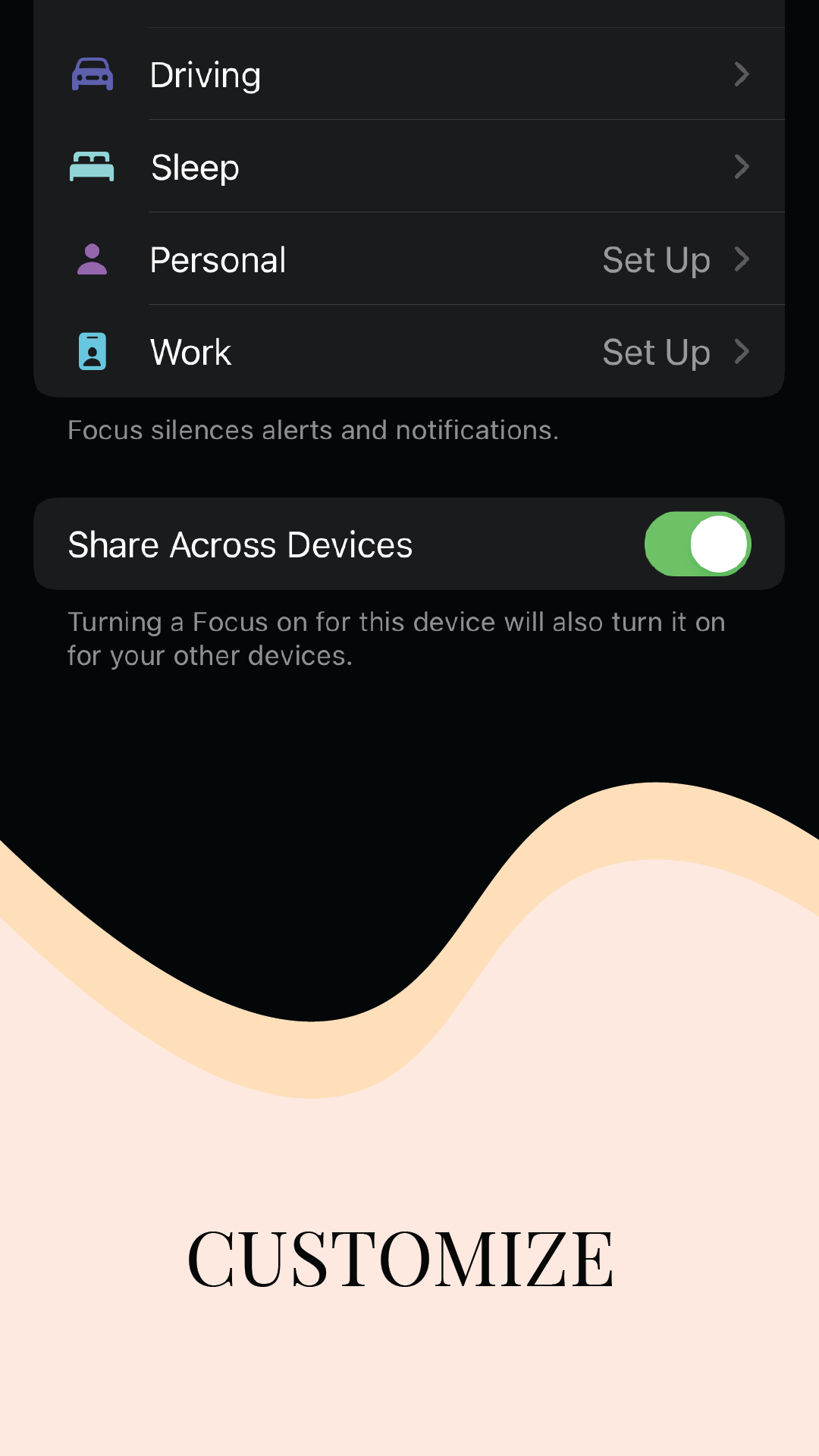In the middle of writing an email, you decide to check social media, then open your browser and read an article from a website. Before you can finish reading the article, you’re back to writing your email. Referred to as continuous partial attention (CPA), one estimate shows that 80% of workers experience it.
When we go through CPA, we take shallower breaths or even hold it. Our body enters the fight or flight mode or activates the sympathetic nervous system. For our ancestors, this mode is akin to spotting a predator in the wild, heart races and adrenaline kicks in.
Linda Stone coined the term. A former Apple and Microsoft executive, she clarifies the difference between multi-tasking and CPA. On multi-tasking:
At the core of simple multi-tasking is a desire to be more productive. We multi-task to CREATE more opportunity for ourselves – time to DO more and time to RELAX more.
Linda Stone
Essentially, when we multi-task, we pair routines or tasks we can do automatically with an activity that requires cognition. This includes listening to a lecture while eating our lunch. This frees up our time.
CPA, however, requires two cognitive actions at once: writing an email while listening to a lecture, for instance. In terms of attention, we lose focus of our primary task, because other things come to our attention. Hence, stopping in the middle of writing an email, to check social media.
More than being unproductive by having to switch focus all the time, the state of CPA comes with stress. You feel as if you’re not doing what you’re supposed to be doing all the time.
Dealing with Continuous Partial Attention
If you find this happening to you, here are some tips to address it. We divided the strategies into two camps: Mind and Gadget.
Mind: tips that don’t require external tools
Minimalist desk: If you only need your laptop for work, keep your phone and/or tablet in your bag or away from your desk. Sometimes just seeing extraneous gadgets will make you want to use it. Having a desk dedicated to our primary task helps focus. This logic is similar to keeping fruits on the countertop and sugary cookies in the cupboard, since we gravitate more towards what we encounter frequently.
Breathe: when you find yourself in CPA mode, tell yourself to breathe and be present. This is where yoga trains us to call on to our breath in times of stress and bring us to the present. We know CPA compromises our breathing. By calming the breath, we calm the mind.
Pause and reflect: Sometimes, our inability to focus is a sign that we might be feeling hungry, need to stretch out, go for a walk, or just relax. Taking 5 minutes to do what calms us and clears our mind is more productive than constantly switching from task to task.
Gadgets: make tech work for you
Set up timer: Figure out how much time you want to dedicate to a task and set up a timer. You can either use your watch, HomePod or Alexa devices, or even your phone’s voice capability to set up timer without having to type or use the screen.
Focus mode: Apple’s focus mode, available in iOS15, allows you to customize how your devices behave given a certain task. You can set up a time, whose notifications are allowed and which apps can give you notifications. It comes with 5 settings by default and you can start customizing each one. Additionally, you can add more focus modes. To access focus, go to SETTINGS — FOCUS.



